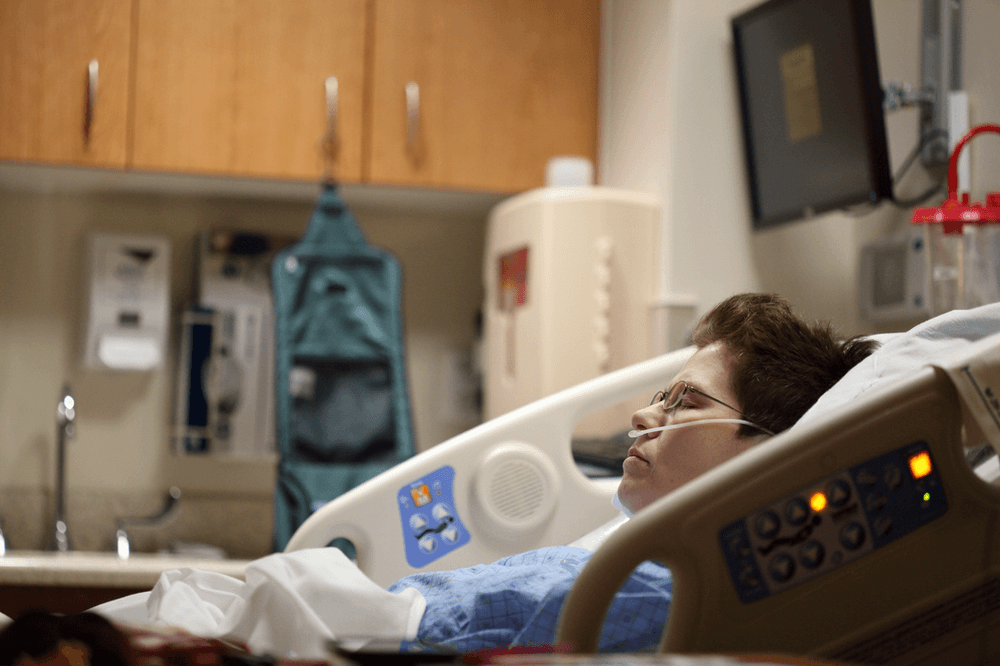Discover the underlying causes, common symptoms, and available treatment options for coma, a profound state of deep unconsciousness.
What is Coma and How Does it Occur?
Coma is a state of profound unconsciousness in which a person is unresponsive and unable to awaken. It is a medical emergency and can occur due to various reasons such as traumatic brain injury, stroke, brain tumor, or drug overdose. It can also be a result of severe infections, metabolic disorders, or lack of oxygen to the brain. The exact mechanism of how it occurs is still not fully understood, but it is believed to involve disruption of the normal electrical activity in the brain.
Causes of Coma
Coma can have numerous causes, and each case is unique. Some common causes include severe head injury, which can result in brain swelling or bleeding. Other causes include stroke, which interrupts the blood supply to the brain, leading to oxygen deprivation. Brain tumors can also cause coma by exerting pressure on vital brain structures. Infections such as meningitis or encephalitis can cause inflammation in the brain, resulting in a coma. Additionally, metabolic disorders, such as liver or kidney failure, can lead to toxic buildup in the body, affecting brain function and causing it.

Recognizing Symptoms
Recognizing the symptoms of coma is crucial for diagnosing and treating the condition. The main symptom is the complete absence of wakefulness and awareness. The person is unresponsive to external stimuli, such as pain or sound. Other signs include the absence of purposeful movements, lack of eye-opening, and no verbal response. It is important to note that the severity and duration of coma can vary, and some individuals may exhibit partial signs of consciousness, such as eye movements or reflex responses.
Diagnosing Coma
Diagnosing involves a comprehensive evaluation of the patient’s medical history, physical examination, and various diagnostic tests. The medical history helps identify any underlying conditions or events that may have led to the coma. During the physical examination, healthcare professionals assess the person’s vital signs, neurological responses, and reflexes. Diagnostic tests such as brain imaging (CT scan or MRI) and blood tests are performed to determine the cause. Additional tests, such as EEG (electroencephalogram) or lumbar puncture, may be conducted to gather more information.
Treatment
The treatment for coma depends on the underlying cause and the severity of the condition. Immediate medical intervention is required to stabilize the person’s vital signs and ensure adequate oxygenation to the brain. In cases of traumatic brain injury or bleeding, surgical intervention may be necessary. Medications may be administered to reduce brain swelling, control seizures, or treat infections. Rehabilitation, including physical therapy, occupational therapy, and speech therapy, plays a crucial role in the recovery of individuals who come out of a coma. The overall prognosis and outcome vary depending on the cause, duration, and individual factors.
Leave a Reply